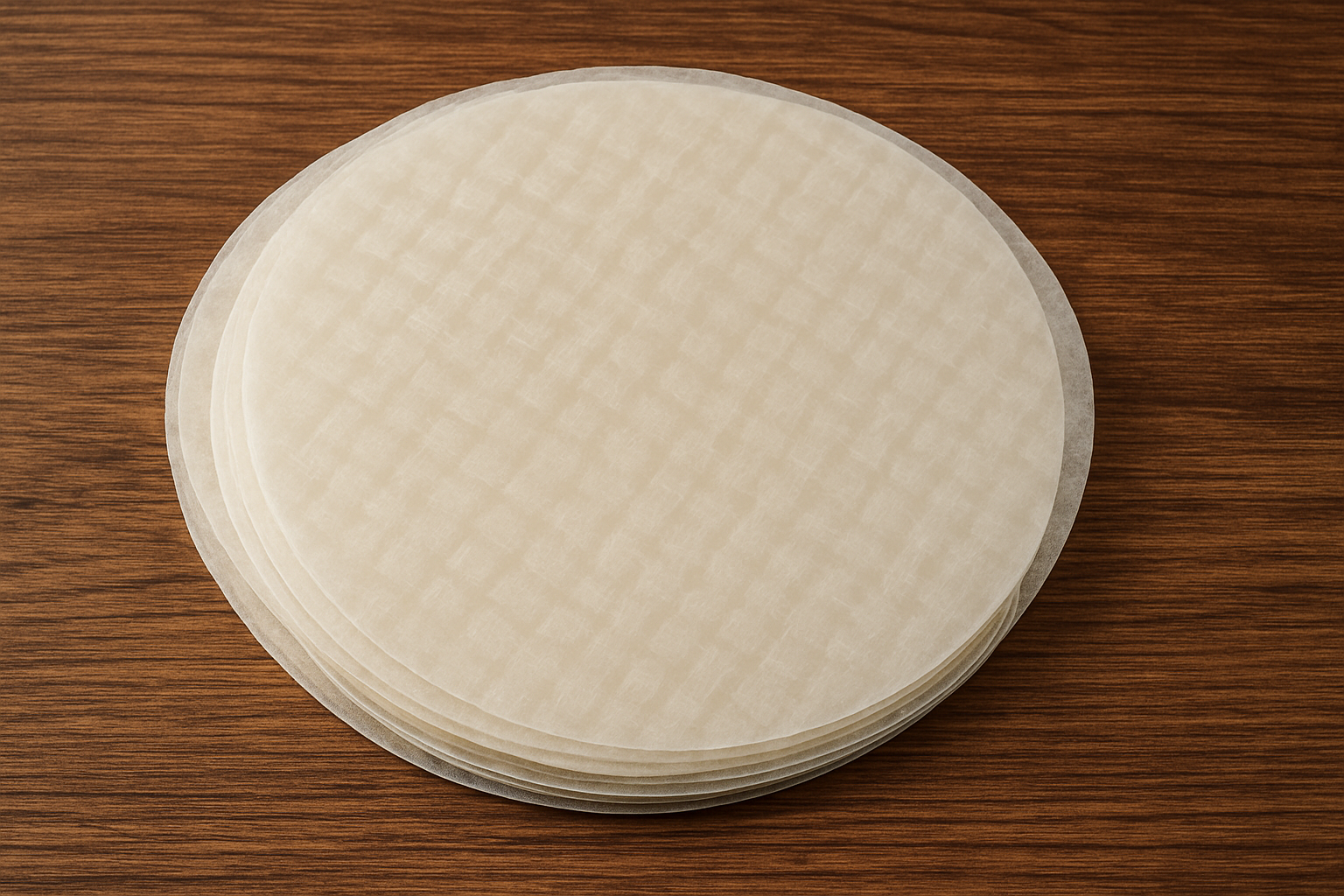1. The Key to Managing Blood Sugar with Tteokbokki
The reason tteokbokki is so detrimental to blood sugar is due to two factors: the ‘highly concentrated carbohydrates’ of the rice cakes and the ‘lump of sugar’ in the sauce. Therefore, controlling these two elements is the way to enjoy tteokbokki in a somewhat healthier manner.
2. Ideas for Replacing the Rice Cakes
The main source of carbohydrates in tteokbokki is the rice cakes (tteok). 100g of rice cakes contains about 50g of carbohydrates. By replacing the rice cakes with other ingredients, you can dramatically reduce your carb intake.
– Rice Paper + Vegetables: One sheet of rice paper contains about 7-10g of carbohydrates. If you wrap fiber-rich vegetables like cabbage, perilla leaves, and bell peppers in rice paper and dip it in the tteokbokki sauce instead of eating the rice cakes, you will consume far fewer carbohydrates. The fiber from the vegetables also has the effect of slowing down the absorption of sugar from the sauce.
– Other Substitutes: A ‘low-carb tteokbokki’ made with ingredients like konjac, fish cakes, boiled eggs, or broccoli tossed in the sauce is also a great alternative.
3. What About the Sauce?
Reducing the sugar in the sauce itself is also important. Instead of commercial gochujang and sugar, you can further reduce the blood sugar burden by making your own low-sugar sauce using chili powder and alternative sweeteners like stevia or allulose.
Summary: By removing the main culprit that raises blood sugar in tteokbokki—the rice cakes—and instead using vegetable-filled rice paper wraps or other low-carb ingredients, you can largely avoid the risk of a blood sugar spike while still enjoying the flavor of the dish.


Leave a Reply